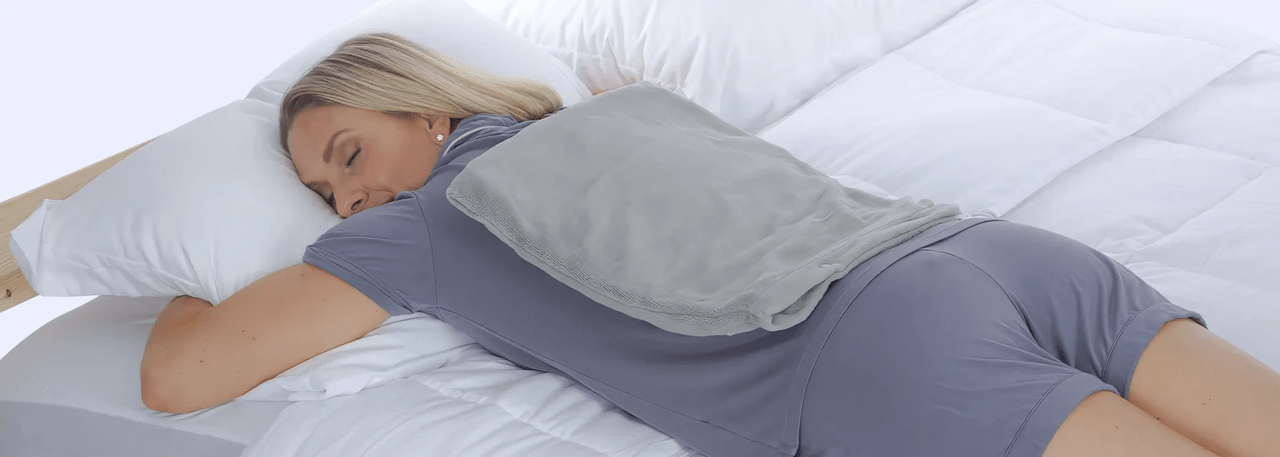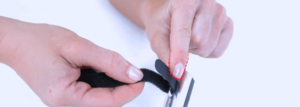Treating Upper Back Pain
Mid-back pain is a common ailment for people of all walks of life. However, upper back pain treatment doesn’t often get the spotlight, since it is usually happens in associated with other spine pain (particularly neck pain). Whether it’s from prolonged sitting, overuse from sports, or carrying around heavy objects, it can quickly affect daily activities and quality of life. Treating upper back pain, or thoracic pain, is all about understanding the underlying cause and addressing them with the right treatment options.
Overview of Upper Back Pain
General Guidelines for Treating Upper Back Pain
The upper back is considered an area of stability in the spine. This is because the thoracic spine houses the body’s internal organs through its connection with the rib cage. Thus, the innate stiffness of the thoracic spine is an important quality to adequately protect the trunk. Many of the problems that stem from the mid back are actually caused by stiffness that develops in the neck or lower back. This forces the thoracic spine to adapt, causing it to move more than it should with normal daily activities. Additionally, weaknesses in the core and shoulder blades, and poor posture are other primary reasons for onset of pain. Most treatment options are focused on addressing these imbalances.
Home Treatments for Upper Back Pain
Stretches and Yoga
The spine responds well to rhythmic motion and stretching to promote muscle and joint balance. Regular movement promotes upper back health via circulation. Stretches should focus on the neck, chest, and shoulder blades. Yoga will promote relaxation through deep breathing while focusing on awareness of proper posture, flexibility, and strength in a variety of postures and movement.
Upper Back Stretches
Yoga for Upper Back Pain
Exercises
General exercise is great for promoting muscular balance throughout the spine. Plus, it releases the body’s own endorphins for pain relief. Specific exercises for upper back pain focus on addressing strength of postural and back muscles, such as the shoulder blades, arms, and core.
Exercises for Upper Back Pain
Hot and Cold Therapy
Promoting relaxation, blood flow, and injury recovery with use of heat and cold therapy are always a great place to start, especially if it minimizes use of medication. They can both help break the typical cycle of pain with upper back pain (pain causes stiffness,stiffness causes more pain, and on). Find what works best for you and consider alternating between both options.
Hot and Cold Therapy Tools for Home
Alternating Ice and Heat
Back Braces
Postural braces are a great starting point for re-training the body to hold good posture. They can be used to encourage better postural awareness and muscle memory of the mid back. Braces should be thought of as as a training tool rather than a permanent solution (unless the issue is severe and irreversible). With too much use of a brace, it can lead to dependence and further loss of postural strength. If unsure, consider talking to a physical therapist first for the best home brace option for you.
Nerve Stimulation
Electrical stimulation is another great tool for breaking a pain cycle causing muscle tension and soreness. A TENS unit can be placed on the mid-back to help scramble the pain signals going to your brain and provide an opportunity to relax. It can also be combined with heat and ice therapy. If you are unsure how to start this treatment option, talk to an equipment specialist or physical therapist to see if this option is right for you and how to safely proceed.
Lifestyle Changes
Improving Posture
Most of us spend a significant amount of time sitting at a desk or computer. This can quickly lead to development of bad postural habits due to onset of muscle strain and fatigue. While the thoracic spine is meant to be curved slightly forward, more than that can cause significant imbalances throughout the spine, chest, and shoulder blade regions. Focusing on better spine alignment throughout the day will help significantly.
Changing Your Environment
When dealing with any kind of pain, finding simple life hacks to get you on track are the best. Healthy habits are a relatively cost effective and efficient way to promote spine health. Set specific attainable goals related to stress management, sleep, eating habits, and your exercise routine. Then work on making these health related goals deeply ingrained habits. This is done by addressing them on a daily basis until they become second nature.
Designing work and home spaces to promote healthy vertebrae.
Set your home or office space up for success and spine health with the right equipment. This includes office equipment, such as an adjustable chair, moveable computer monitor, and sit to stand desk. Other equipment may include a standing mat or lumbar support pillow. Outside of equipment, one of the most important things to remember is to take frequent rest breaks from any prolonged posture, sitting or standing. At least once per hour if possible.
Weight Loss
Excessive weight puts the body through a lot of strain with normal daily activities. Each extra pound means more compressive weight on all the body’s joints, particularly the spine and legs. This leads to quicker deterioration of joint health and the need for strained muscles to work even harder.
Professional Treatments
Pain Relief Medication
There are several categories of medications that your physician may prescribe depending on your history and symptoms. For a new injury over the counter anti-inflammatories (NSAIDs) may be enough to recover (such as ibuprofen and Aleve). For more severe pain, NSAIDS (such as naproxen), muscle relaxants, nerve pain medications, antidepressants, and narcotics may all be of use. Discuss your options with your doctor.
Physical Therapy
Most musculoskeletal pain issues, especially in the upper back, are due to poor movement patterns creating imbalances in strength, flexibility, and coordination. Physical therapists are specially trained to identify these issues and provide you with long term solutions for recovery through a home program. This program will help you optimize your return to activities of daily living without pain or impairment.
Chiropractic Care
The upper back is notorious for having areas of extreme stiffness in close proximity with areas that have too much mobility. To restore balance, manipulation of the stiff areas can be effective. Chiropractors are experts at this. Many chiropractic clinics also offer other modalities that may help such as heat therapy, and massage.
Corticosteroid Injections
Steroid injections can be effective for joint inflammation. They are not commonly used for the upper back since pain is usually generated by muscles and connective tissue rather than the joints themselves. (Because of the high amount of stability in the area, arthritis and disc herniation are less common in this area.) If needed, cortisone can be injected directly into a joint in the thoracic spine for pain relief and inflammation reduction.
Surgery
This is also a very uncommon treatment option for thoracic pain. Surgery is an option for issues related to spine fracture and a highly unlikely herniated disc. The most common need for thoracic spine surgery is a vertebral fracture due to osteoporosis.
Acupuncture
This traditional treatment promotes full body relaxation and healing through release and promotion of optimal body energy. Depending on your specific problem areas, needles are placed in different areas to optimize recovery. The small needles used are generally painless and patients report an overall sense of well-being and pain relief afterwards.
Massage Therapy
Whether self-administered or done with a therapist, massage is a great way to promote relaxation of tight muscles and connective tissue. This can help restore muscle balance, improve the ability to hold good posture, and reduce pain.
Finding Relief From Upper Back Pain
Like any type of spine pain, the interconnectedness of the vertebrae makes upper back pain a multifaceted issue. It’s always best to start with convservative options. If you’re comfortable simple stretches, exercise,and massage techniques are a great starting point for self treatment. If you have severe or chronic pain or are just feeling unsure make sure to seek medical advice from a health care professional first.
Safety with Thoracic Spine Treatment
There are certain symptoms to be aware of that you should alert your medical professional to immediately, as they may be signs of a bigger issue:
- History of osteoporosis
- Severe pain that does not improve with treatment or change of position
- Loss of bowel or bladder function
- Onset of weakness in the lower legs due to spinal cord compression
- Severe loss of balance
- Pain resulting from a high impact force or trauma, such as a car accident
Everyone one responds differently to treatment options. The basis of treatment should always be in restoring postural balance for improved muscle strength and flexibility. From there, it is about finding what you are most comfortable with and works best. Wth the right attention, you will be on the road to recovery quickly.







